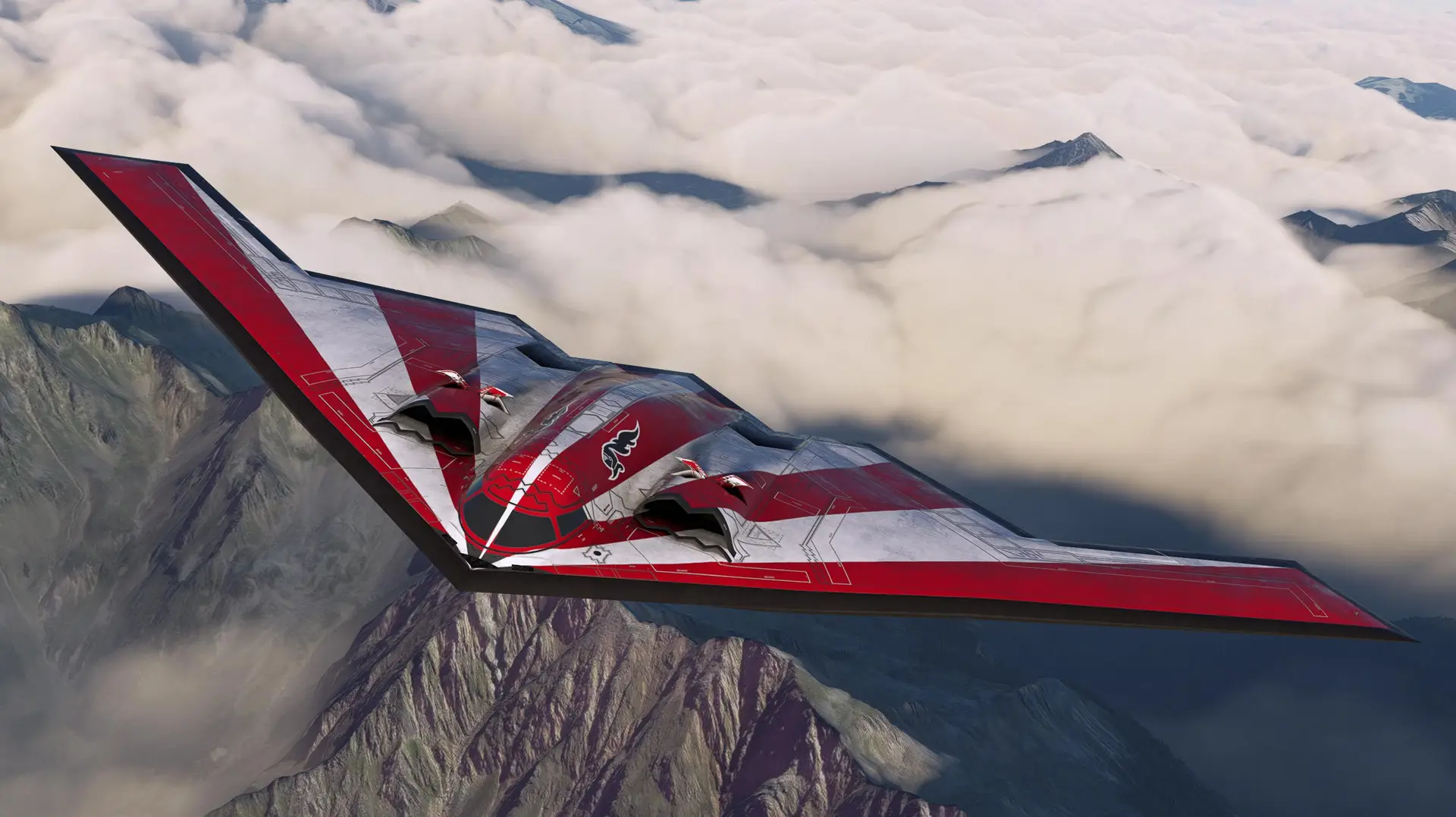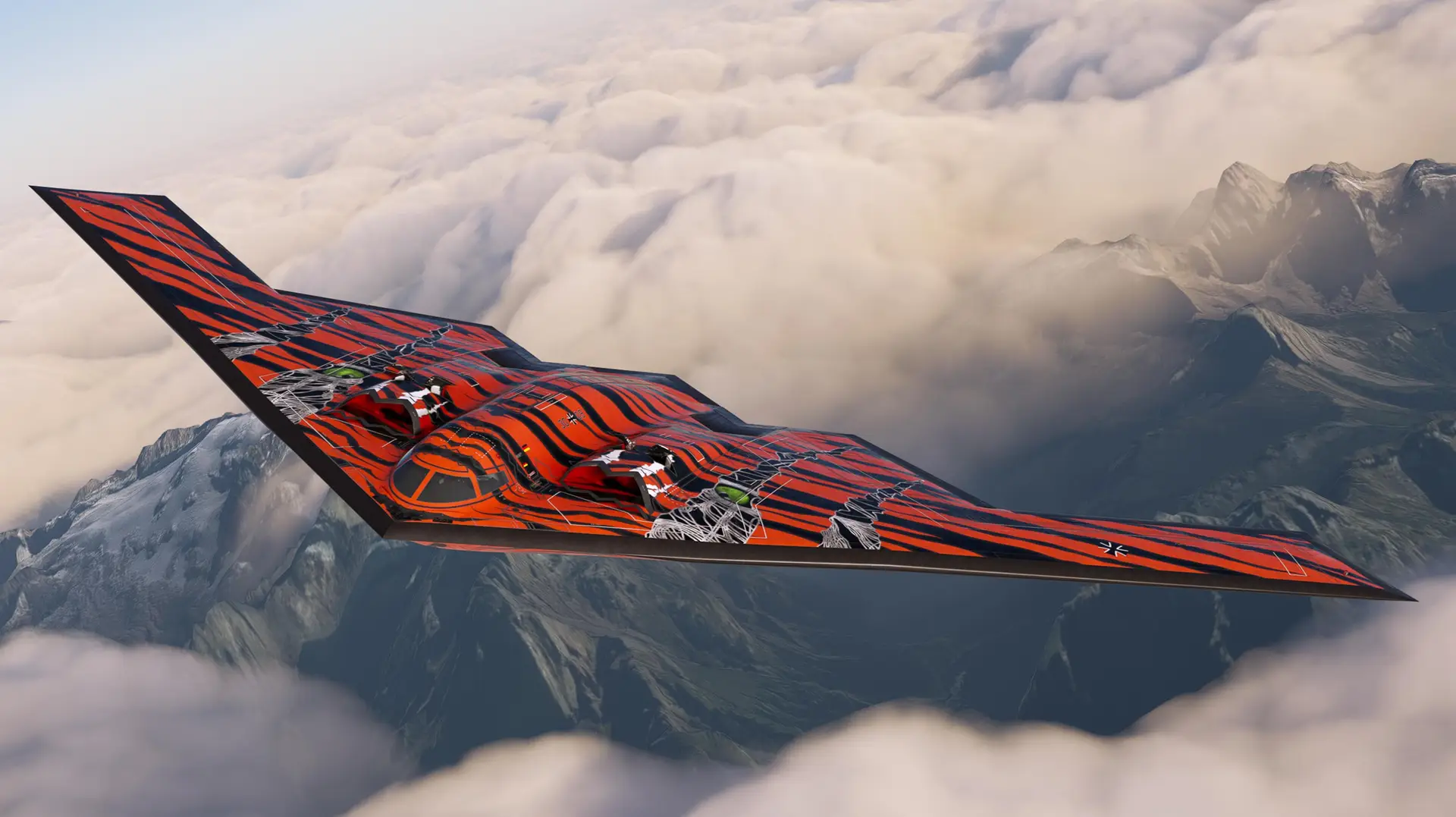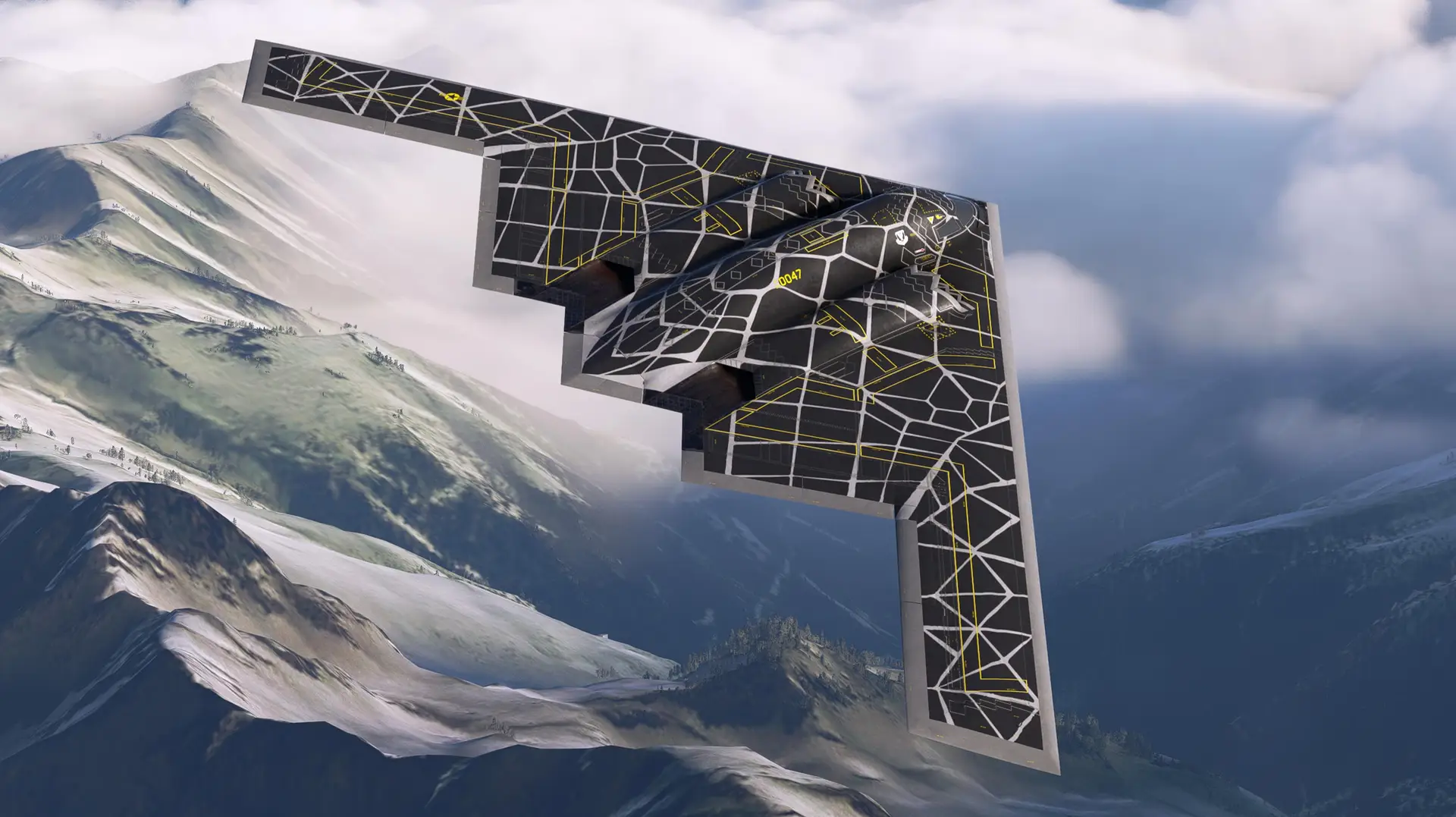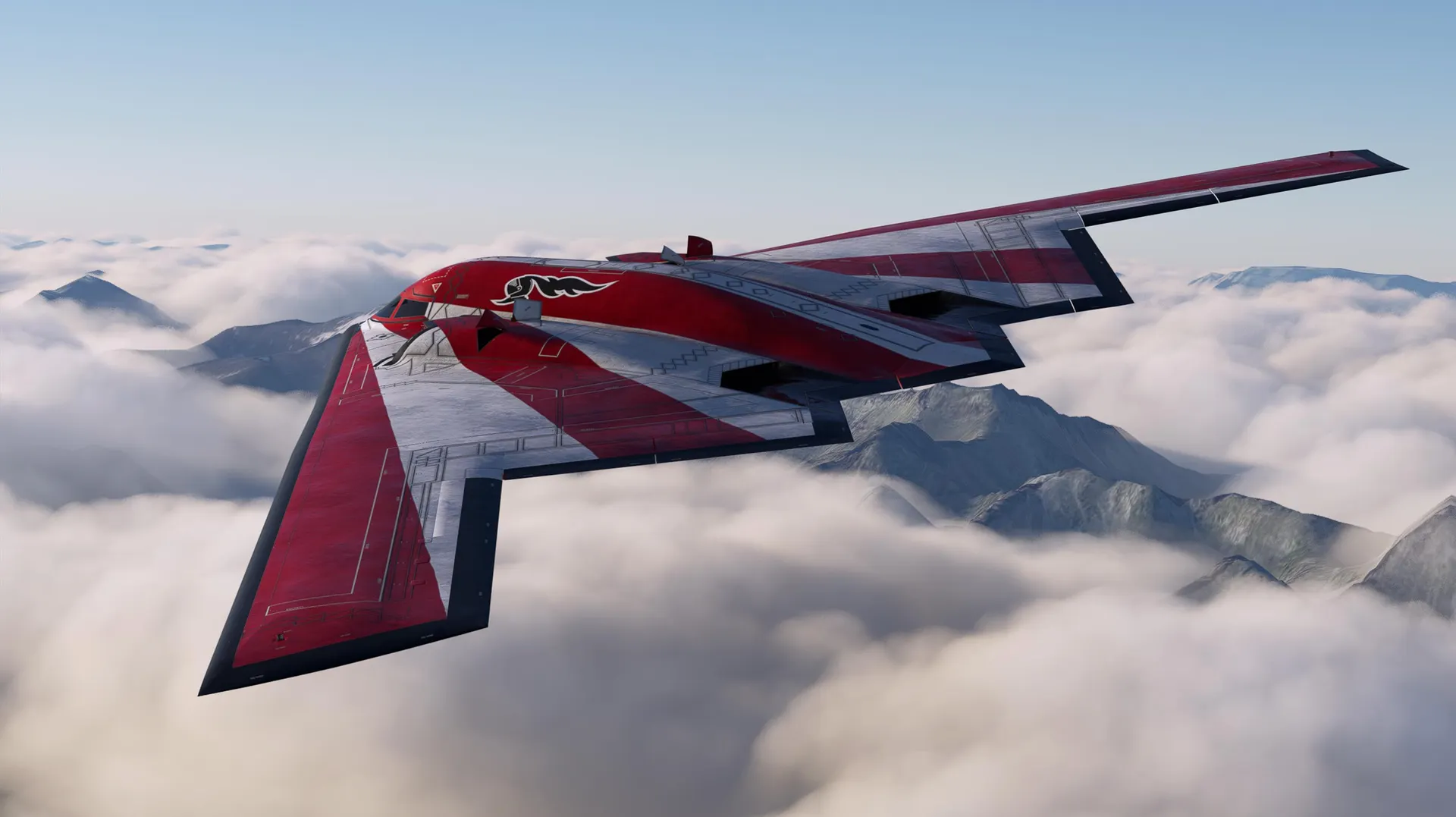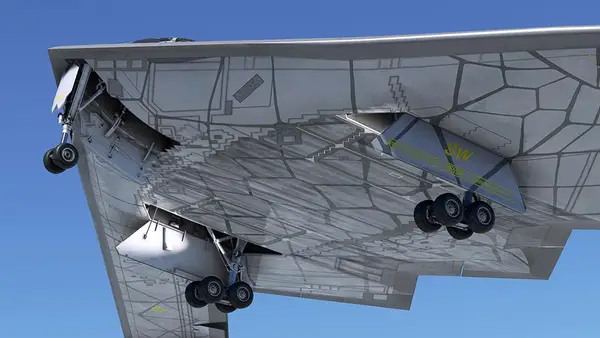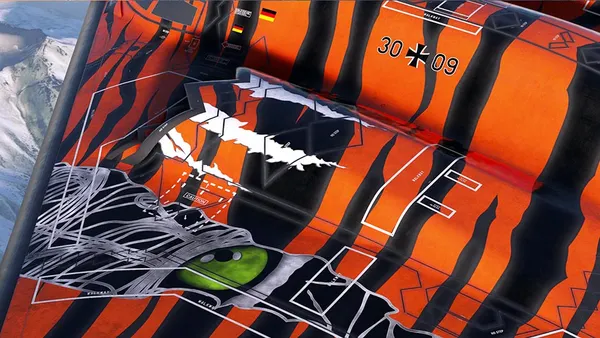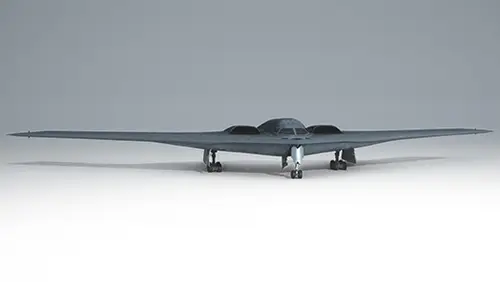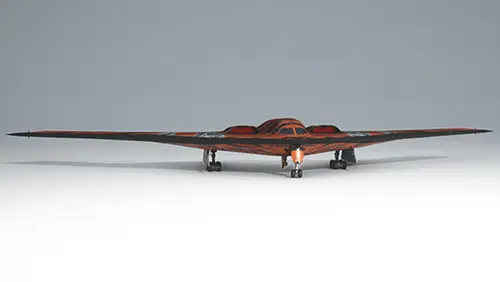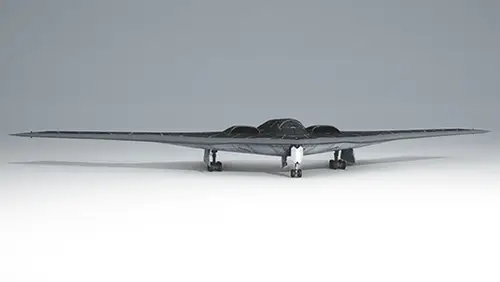- USD 19.99
- View more offers at FS Addon Compare
- Added: October 12, 2023
- Updated: April 24, 2025
The Spirit comes with Twenty Two liveries: KwikFlight Spirit, Bronze Tiger, Candy Cane Knight, KwikFlight House Livery, Venom Viper, Orange Lion, Soaring Eagle, Spirit of ALASKA, Spirit of ARIZONA, Spirit of CALIFORNIA, Spirit of FLORIDA, Spirit of INDIANA, Spirit of KANSAS, Spirit of KITTY HAWK, Spirit of MISSISSIPPI, Spirit of MISSOURI, Spirit of NEBRASKA, Spirit of NEW YORK, Spirit of OHIO, Spirit of SOUTH CAROLINA, Spirit of TEXAS and Spirit of WASHINGTON.
Now with all additional 'Spirit Of' liveries included!
Meet the Ninja of the Skies! The KwikFlight Spirit has been built by industry veterans, whose expertise is unparalleled. Bringing you a fun, interactive and most importantly, accessible experience! The Spirit includes many fantastic features. These include animated engine secondary intake vents, strike bay doors, stealth mode, synthetic vision and many more. The Spirit merges the thrill of flight with the lust for speed as well as stealth! The sleek exterior & interior brings this aircraft to a new level of immersion for your flying experiences. KwikFlight have included an array of spectacular liveries, both real and fictional for you to take to the skies in as well! Every aspect of this creation makes it a must-have addition to your flight simulation hangar!
Cockpit & External Features
Functioning FMS with the following modes:
- COM. Tune VHF 1 and 2, ADF and Transponder
- NAV. Tune VOR 1 &2, TACAN 1 & 2 and switch autopilot NAV following mode between GPS/NAV/TAC.
- PRFM (Performance). Automatically calculated V speeds based on current weight and weather.
- FPLN. When a flight plan is loaded from the world map it automatically loads in the FMS with direct to function available.
6 Independent Multi Function Display (MFD) screens and Engine Function Display (EFD) featuring:
- GPS, Engine control System (ECS), FUEL, Flight Control (FCH) and Engine (ENG) system pages.
- MFD Head Up Display (HUD) repeater with functional flight path and energy bracket.
- Rose nav mode with TACAN, VOR and ILS approach modes.
- STATS page with crew alert system.
- VSD top-down map view.
- Working air to air radar.
- Synthetic terrain vision mode (TFR).
Autopilot modes include Heading hold, Nav/GPS hold, Altitude hold & Approach mode. Fully tool tipped cockpit and complete checklist functionality. Animated crew access ladder. Engine secondary intake vents modelled and animated. Stealth mode (navigation/strobe lights retract and rudder deflection reduced). Animated air to air refueling point.

